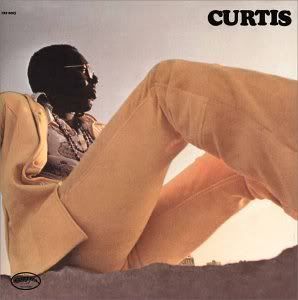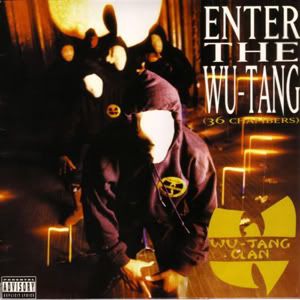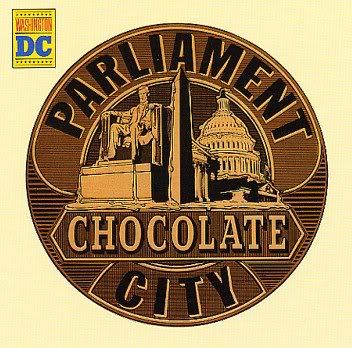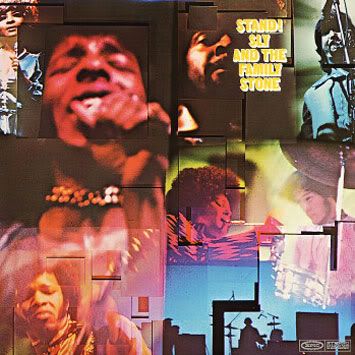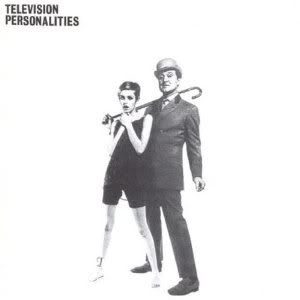
Artist: Television Personalities
Album: And Don't The Kids Just Love It
Label: Rough Trade
Year: 1981
Television Personalities began as one of the definitive bands of the post-punk movement (e.g. punk in everything but sound). Their early singles and charming sound put them on the map, and they were able to stay there for a little while, until their musical quality kind of took a hit. But no matter! Their first album, 1981's ...And Don't The Kids Just Love It is still one of the best albums of its time and place for so many reasons. The artistic name-dropping, glorious pop hooks, and rarely-better-utilized lo-fi production allow for the record to remain today such a masterpiece.
Lead singer Dan Treacey was the band, and his voice and attitude carried so many of their early singles, perhaps most famous among them: "Part-Time Punks." His signature style is what continues to carry so many of the songs here. "La Grande Illusion" and "A Picture Of Dorian Grey," while really not reflective of the pieces of art they are named after, are clearly the spawn of Wire-based "art" punk. Throughout much of the album, Treacey is self-depricating but always endearing. In "Look Back In Anger" he opines, "Said some things/I shouldn't have said/should I have kept it to myself instead" and later "I was wrong/I admit/I was wrong." Treacey's lyrics carry a lot of regret, as the opening track "This Angry Silence" he reminisces about less than fond memories of childhood. This is also done in "Diary Of A Young Man." But what makes all of this work is that the personal, often depressing, lyrics are backed up by an incredible band. Sharp guitars and gorgeous melodies drive the tracks.
Against the seriousness, though, are some classic Kinks-esque celebration of the UK/old-times songs. "Geoffrey Ingram" at least in terms of subject and lyrics, is certainly a nod to The Kinks "David Watts." "Parties In Chelsea" and "World Of Pauline Lewis" are quaint stories about people from the old times, or at least fantasy. I'm not quite sure where the literary references end and personal stories begin on this record, but that's not really that important I guess. It's all about the music.
Everything on the album is stripped down. The guitars play very simple riffs, often buried in the mix by the just-as-simple bass. Sometimes it feels as if Treacey is just whispering the lyrics to you. In under 40-minutes, he paints a fascinating picture of his world, with humor, darkness, and some kickass music. The group never bettered this moment (partially because they couldn't keep a lineup together, I'm sure), but that's okay, because we'll always have this album around.
Television Personalities-And Don't The Kids Just Love It
